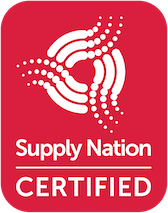To implement and leverage effective data analytics, businesses need to follow a set of best practices that ensure data quality, proper tool selection, and clear documentation.
As experts in data analytics, we provide insights into the best practices that can transform your data into actionable decisions, driving your business towards strategic growth.
Data analytics is crucial in today’s business landscape, offering a wealth of information that can guide decision-making and enhance operational efficiency. However, effectively implementing data analytics requires a structured approach and adherence to best practices.
In this post, we will explore these best practices in detail, providing you with the knowledge to turn data into powerful decisions that drive your business forward.
Quick summary
- Define clear objectives
- Collect and clean high-quality data
- Choose the right tools
- Understand the context
- Use visualisations effectively
- Maintain thorough documentation
- Ensure continuous learning
- Collaborate effectively
- Avoid common pitfalls
Key steps for effective data analytics
1. Define clear objectives
Establishing clear goals is the foundation of effective data analytics. Without specific objectives, data analysis efforts can become unfocused and inefficient. Start by identifying the key questions you want to answer with your data. These objectives should align with your business goals and strategic initiatives.
For example, if your goal is to improve customer retention, your data analysis might focus on identifying patterns in customer behaviour that lead to churn. By defining clear objectives, you ensure that your data analysis efforts are targeted and relevant, providing actionable insights that can drive decision-making.
2. Data collection and preparation
Collecting high-quality data is essential for reliable analysis. Use robust methods such as surveys, web scraping, and sensor data collection to gather data. Ensure that the data is relevant, accurate, and comprehensive. High-quality data forms the backbone of your analytics efforts and is crucial for deriving meaningful insights.
Once collected, data preparation is the next critical step. This involves cleaning the data to remove errors, duplicates, and inconsistencies. Data cleaning ensures that your analysis is based on accurate and reliable information. Use tools and techniques to automate data cleaning processes where possible, reducing the risk of human error and saving time.
3. Choose the right tools
The selection of tools can significantly impact the efficiency and effectiveness of your data analysis. Choose software that aligns with your objectives and the skill level of your team. Tools like Tableau, Power BI, and SQL are widely used for their powerful analytics and visualisation capabilities.
Advanced analytics platforms offer features that can handle large datasets, perform complex analyses, and create detailed visualisations. Evaluate the tools based on your specific needs and ensure that your team is trained to use them effectively. The right tools can enhance your data analysis process, making it more efficient and insightful.
4. Understand the context
Data does not exist in isolation; it is influenced by various factors and conditions. To interpret data correctly, it is essential to understand the context in which it was collected. This includes the conditions, processes, and circumstances that may affect the data.
For instance, sales data collected during a promotional period might show spikes that are not indicative of regular sales patterns. Understanding such context helps prevent misinterpretation and ensures that your conclusions are valid. Always consider the broader environment and external factors when analysing data.
5. Utilise visualisations
Visualising data is a powerful way to communicate complex information clearly and effectively. Graphs, charts, and dashboards can help identify patterns, correlations, and outliers at a glance. These visual tools make it easier to understand data insights and present them to stakeholders in a compelling manner.
When creating visualisations, it is crucial to ensure they are accurate and relevant to the data they represent. Use appropriate types of charts and graphs based on the data’s nature and the message you want to convey. For instance, bar charts are excellent for comparing quantities, while line graphs are better for showing trends over time.
Interactive dashboards can be particularly useful, allowing users to explore data in more detail and customise their views. Tools like Tableau and Power BI offer extensive features for creating dynamic and interactive visualisations that enhance data comprehension and support informed decision-making.
6. Document your process
Maintaining thorough documentation of your data analysis process is essential for transparency, reproducibility, and collaboration. Documenting each step, from data collection to analysis techniques and findings, helps others understand your methods and reasoning. This is crucial for validating results and ensuring consistency in future analyses.
Good documentation practices include:
- Describing data sources, including how and when data was collected.
- Detailing data cleaning and preparation methods.
- Recording the tools and techniques used for analysis.
- Summarising key findings and insights.
Using documentation frameworks and tools can help organise and maintain your records effectively. Platforms like Confluence or GitHub, combined with version control systems, facilitate collaborative documentation efforts, ensuring all team members are aligned and informed.
7. Ensure continuous learning
The field of data analytics is continually evolving, with new tools, techniques, and best practices emerging regularly. To stay ahead, it is vital to engage in continuous learning and skill development. This involves staying updated with the latest trends in data science, attending workshops, participating in webinars, and obtaining relevant certifications.
Encouraging a culture of continuous improvement within your team can lead to better data analysis practices and more innovative solutions. Providing access to learning resources and opportunities for professional development helps keep your team’s skills sharp and your analytics efforts relevant and effective.
8. Collaborate effectively
Data analytics often benefits from collaborative efforts. Working with colleagues from different backgrounds can provide new perspectives and insights that enhance the analysis. Collaboration fosters a comprehensive understanding of the data and can lead to more robust conclusions.
Effective collaboration involves:
- Sharing data and insights openly within the team.
- Encouraging feedback and peer reviews of analysis results.
- Using collaborative tools such as Slack, Microsoft Teams, or project management software to facilitate communication and teamwork.
By promoting a collaborative environment, you can leverage the collective expertise of your team, ensuring that your data analytics efforts are thorough and well-rounded.
Common pitfalls to avoid for more effective data analytics
As you implement data analytics in your organisation, it is important to be aware of and avoid common pitfalls that can undermine your efforts. Here are some key pitfalls to watch out for:
- Outcome bias: Avoid focusing solely on the outcomes of decisions based on data analysis. Instead, emphasise the decision-making process itself, ensuring it is based on transparent and objective criteria.
- Inadequate documentation: Insufficient documentation can lead to misunderstandings and inconsistencies. Ensure comprehensive documentation of your data sources, methodologies, and findings to maintain clarity and reproducibility.
Ignoring data quality: Data quality is paramount for reliable analysis. Implement robust validation checks and regular audits to maintain data integrity and accuracy. - Overlooking context: Always consider the broader context of your data. Understanding the conditions and processes surrounding data collection helps prevent misinterpretation and ensures valid conclusions.
Tools and methodologies
1. Automated tools
Utilising automated tools can significantly enhance the efficiency and accuracy of your data analysis. These tools help streamline various processes, from data collection and cleaning to analysis and visualisation. Here are some key tools that can benefit your data analytics efforts:
- Data cleaning and preparation: Tools like Alteryx and Talend can automate data cleaning processes, reducing errors and saving time. These tools help in identifying and correcting inconsistencies, missing values, and duplicates.
- Data analysis: Advanced analytics platforms like SAS, SPSS, and R offer powerful capabilities for statistical analysis and data modelling. These tools can handle large datasets and complex analyses, providing robust insights.
- Data visualisation: Tools like Tableau, Power BI, and D3.js enable the creation of interactive and dynamic visualisations. These tools help communicate data insights clearly and effectively, making it easier for stakeholders to understand and act on the information.
By leveraging automated tools, you can enhance the consistency and reliability of your data analysis, ensuring that your insights are accurate and actionable.
2. Data governance
Effective data governance is crucial for maintaining the integrity and security of your data. It involves establishing policies, procedures, and standards to manage data throughout its lifecycle. Key components of data governance include:
- Data standards: Define clear guidelines for data formats, terminologies, and permissible values to ensure consistency across the organisation. This helps in maintaining uniformity and preventing data discrepancies.
- Roles and responsibilities: Assign specific roles and responsibilities for data governance to ensure accountability. This includes designating data stewards and governance committees to oversee data management practices.
- Compliance and security: Implement policies to meet regulatory requirements and protect sensitive data. This includes data encryption, access controls, and regular audits to ensure compliance with legal and ethical standards.
A robust data governance framework ensures that your data is reliable, secure, and used responsibly, supporting effective data analytics and decision-making.
3. Continuous learning
The field of data analytics is constantly evolving, with new tools, techniques, and best practices emerging regularly. Staying updated with these developments is essential to maintain the relevance and effectiveness of your data analytics efforts. Here are some strategies for continuous learning:
- Professional development: Encourage your team to pursue certifications and attend workshops and conferences related to data analytics. Platforms like Coursera, edX, and LinkedIn Learning offer courses on the latest trends and technologies.
- Knowledge sharing: Foster a culture of knowledge sharing within your team. Regularly hold meetings and seminars where team members can share insights and learnings from their projects.
- Staying informed: Subscribe to industry publications, blogs, and forums to stay updated with the latest developments in data analytics. Websites like Data Science Central, KDnuggets, and Towards Data Science provide valuable resources and insights.
Continuous learning helps keep your team’s skills sharp and ensures that your data analytics practices remain current and effective.
4. Collaborative efforts
Effective collaboration is key to successful data analytics. Working with colleagues from different backgrounds can provide diverse perspectives and enhance the quality of your analysis. Here are some best practices for fostering collaboration:
- Open communication: Encourage open communication within the team. Use collaborative tools like Slack, Microsoft Teams, and Asana to facilitate real-time communication and project management.
- Cross-functional teams: Form cross-functional teams that include members from different departments, such as IT, marketing, and operations. This ensures that various viewpoints are considered, leading to more comprehensive analysis.
- Regular feedback: Establish a feedback loop where team members can review each other’s work and provide constructive feedback. This helps improve the quality of the analysis and ensures that potential issues are identified and addressed early.
- Collaboration: Collaboration leverages the collective expertise of the team, leading to more robust and reliable data insights.
Laying a solid foundation for data-driven decision-making
Effective data analytics is a crucial component of modern business strategy. By defining clear objectives, collecting and preparing high-quality data, choosing the right tools, and understanding the context, you can lay a solid foundation for data-driven decision-making. Utilising visualisations, maintaining thorough documentation, ensuring continuous learning, and fostering collaboration further enhance the effectiveness of your data analytics efforts.
Avoiding common pitfalls, such as outcome bias, inadequate documentation, ignoring data quality, and overlooking context, is essential to maintain the integrity and reliability of your data insights. Implementing these best practices ensures that your data analytics processes are robust, accurate, and capable of driving informed decisions that align with your strategic goals.
At Origin Digital, we are committed to helping businesses unlock the full potential of their data. Our expertise in data analytics and digital transformation ensures that you can navigate the complexities of data analysis with confidence.
Ready to transform your data into decisions that drive growth? Contact us today to learn how our expert team can help you implement effective data analytics practices tailored to your business needs.






